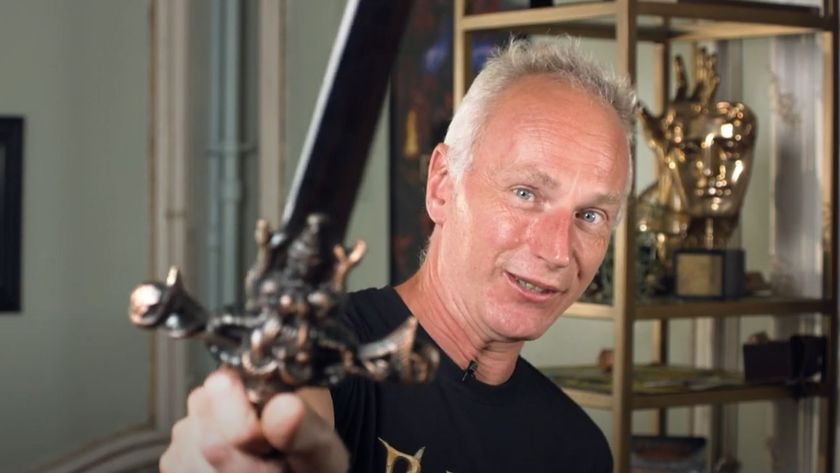Star Wars: First Assault - The Battlefront 3 that almost was
I began talking to ex-LucasArts employees about Star Wars: First Assault while researching a feature on Star Wars: 1313 - the Coruscant-set escapade that was theoretically to do for Star Wars what the Arkham games did for Batman, before Disney acquired LucasFilm and stripped LucasArts to the bone during early 2013. I already knew about the game, an 8v8 Rebellion-era shooter for Xbox 360 and PS3, thanks to an asset leak on Xbox Live in October 2012, and didn’t think much of it at the time. 1313 seemed the more adventurous experience, a brand new story set in a technological netherrealm brought to life by LucasFilm’s famed SFX team, and starring none other than Boba Fett. It was the more exciting project to follow in the news, too, thrust into the limelight at E3 2012 as a tacit showpiece for yet-to-be-announced consoles after a long and politics-ridden development.
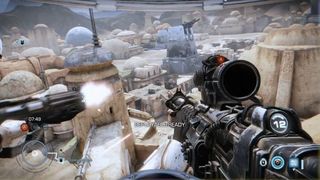
The more I spoke to people about First Assault, however, the more it fascinated me. The subtitle isn’t just there for dramatic effect, for one thing - this was the opening gambit in the stealthy revival of a much-missed series. Slated to appear on Xbox Live and PSN in summer 2013, First Assault would have road-tested a familiar yet subtly differentiated collection of infantry combat mechanics on eight maps drawn from the planets Tatooine and Bespin. A follow-up, codenamed “Wingman”, was to arrive in summer 2014, equipped with larger theatres of war and vehicles such as speederbikes, AT-ST walkers and droid hovertanks from The Phantom Menace. Then, in winter 2015, the trump card: a fully armed and operational Star Wars: Battlefront 3, rolling together all the features of First Assault and Wingman plus a single player campaign and outer space engagements with X-Wings and TIE Fighters.
The idea behind this potted epic of a rebooting strategy was to shore up trust in LucasArts, before going loud with a sequel announcement. The publisher had, after all, cultivated an unenviable reputation for project misfires. It had access to the most venerated licenses in both video games and cinema, but was racked by frequent management changes, power struggles and an ever-widening gap between executives and creatives. Hence, among other disappointments, the Battlefront franchise’s woeful evolution after original developer Pandemic said goodbye to it in 2005. Timesplitters creator Free Radical ruined itself trying to bring a threequel to life, thanks to a last-minute withdrawal of publisher support, though dismal sales of the studio’s stinky PS3 exclusive Haze may have had a role to play there.
It’s extremely doubtful, given the history, that LucasArts’s grand plan for Battlefront’s rebirth would have come off as swimmingly as prophesied, but what I’ve seen of First Assault in action suggests that the foundations, at least, were sound. To begin with there’s the art direction, which captures the look and feel of Star Wars without being affected about it. On Tatooine, walls and domed roofs are bleached and wizened by exposure to the elements. Once-shiny Stormtrooper armour is scoured by flying grit and caked with sand. As I wrote in a recent editorial, the genius of the Star Wars universe is that its ships and edifices feel lived-in, their mind-boggling technologies firmly subject to the practical needs of sentient beings. Though devoid of a campaign in which to linger over such fictive nuances, First Assault nails this vibe from the off.
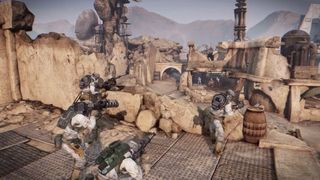
Then there’s the handling. First Assault was to offer many of the same features and structural devices as other shooters - secondary gizmos such as forward-facing portable energy shields, a mix of straight deathmatch and objective capture modes, and a streaks system whereby you’d earn Ability Points for kills or support actions to spend on Deployables like turrets and airstrikes. At a glance it’s Call of Duty 4 with blaster rifles, a starry-eyed credits sequence and a John Williams score, but in other respects First Assault was a world apart.
Respawns would occur in waves, players materialising aboard a dropship as it sped to one of the map’s capture points. This was more than a glorified lobby screen: you could lean from the craft to size up the battle and even snipe at people below, perhaps scraping a cheeky kill or at least rattling foes enough to create opportunities for allies. As in Titanfall, objective-driven matches would conclude with one side beating a headlong retreat to the dropship - an exercise in salvaging a measure of satisfaction from the ashes of defeat, or sticking the boot in when you’ve got somebody on the ropes - though unlike in Titanfall, dropships were proof against ground-based fire.
Where giddy aerial insertions lent First Assault’s skirmishes a sense of grandeur that’s startling for a shooter of these proportions, the game’s approach to healing was designed to create a more energetic rhythm of advance and retreat, offensive and supportive action, than is offered by many peers. There were no bespoke medical items - instead, you’d melee allies to restore their health all the way up to 100%, the idea being to foster teamwork without obliging players to make room in their loadouts for Bacta canisters or what-have-you. The upshot, one imagines, was a game of rapid reversals, since losing teams could patch their wounded up very quickly and return to the fray, perhaps catching would-be victors on the trot.
Sign up to the GamesRadar+ Newsletter
Weekly digests, tales from the communities you love, and more

There were novel breeds of gun and gadget, too, expressive of a developer comfortable with the tactical chemistries that surround the mere act of dealing damage. Concussion rifles were all about terrain control, trading lethal potential for a severe degree of knockback - you’d use them to shunt obstinate opponents away from capture zones or into the sightlines of friendly snipers. The repulsor, an area-of-effect doodad, could be quick-fired to deflect grenades or charged up to bowl other players off their feet - it was as useful for offence as when holding ground, in other words. Cloaking devices would hide the user and any friendlies nearby. Holographic decoys could be sent out on autopilot, as in Halo, or manually steered to make the deception a little less obvious.
We’re left with the portrait of a game that would have struggled to raise eyebrows, but might have won a firm following by way of sturdy fundamentals and hidden elegances. The hit downloadable shooter Battlefield 1943 seems an appropriate comparison. That’s making a lot of generous assumptions, I know, not least about the quality of online performance - plenty of eye-catching shooters (e.g. Splash Damage’s Brink) have been sunk by shoddy netcode. But then, First Assault was due to enter public beta across winter 2012, well ahead of release, leaving plenty of time to correct any issues. The beta build was, or so I’m told, about $10,000 in certification fees away from going live when Disney declared a media blackout. I can only imagine how frustrating and saddening it must have been to see years of work dismantled on the launchpad.
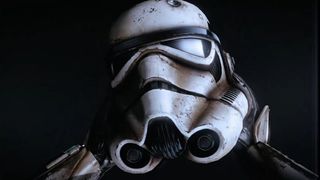
With DICE taking charge of the eventual, new-gen reboot, Battlefront appears to be in safe hands. We can probably be thankful that Star Wars games in general are no longer under the jurisdiction of LucasArts, too - though packed with talented designers, artists and programmers, the organisation as a whole had grown thoroughly toxic. But it’s important to remember the fallen as Star Wars approaches its latest series of reinventions. So here’s to you, Star Wars: First Assault. In a kinder world, you might have been a classic.
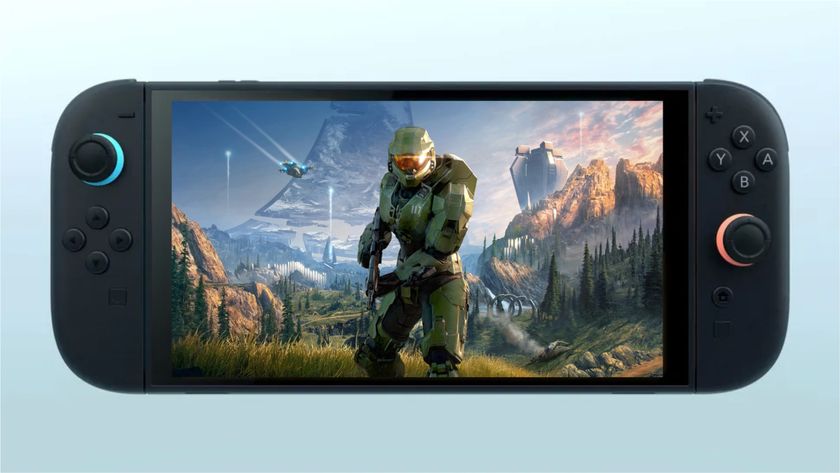
Former Nintendo marketing leads say the Wii U flopped so bad that getting third-party support on Switch was "really hard," but the Switch 2 marks a new era: "There's no more proving yourself"
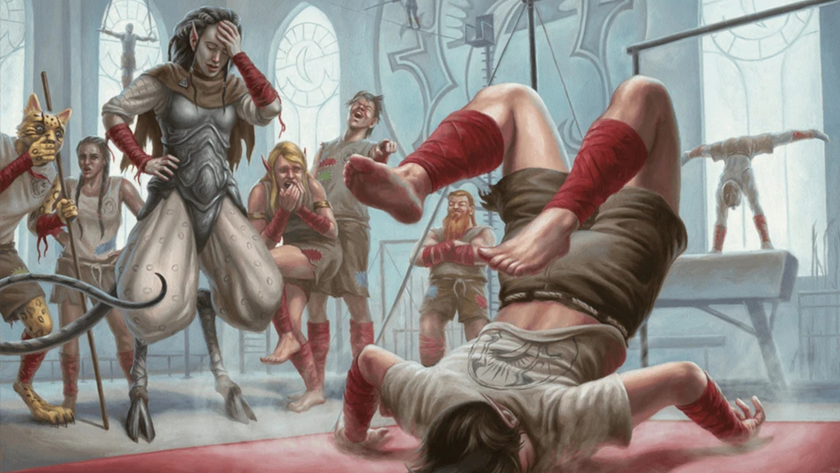
The Baldur's Gate 3-themed Stardew Valley mod that Larian boss Swen Vincke called "amazing" gets DMCA'd by D&D publisher Wizards of the Coast
